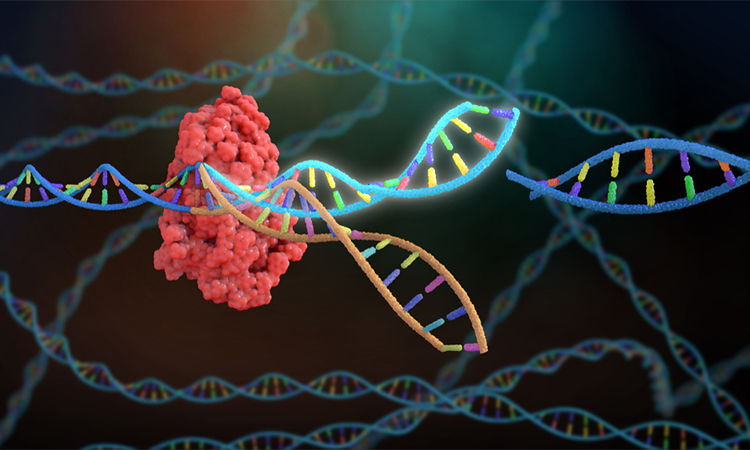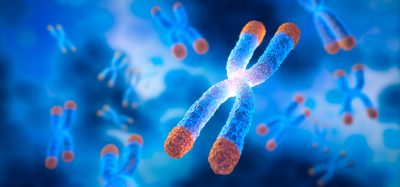Researchers find that CRISPR gene editing can give rise to cell toxicity and genomic instability
Posted: 11 August 2022 | Ria Kakkad (Drug Target Review) | No comments yet
Using computational methods, researchers analysed the most popular CRISPR library designed for human cells and found 3,300 targeted spots that show strong toxic effects.


Scientists at the Institute for Research in Biomedicine (IRB Barcelona), Spain have found that depending on the targeted spot of the human genome, CRISPR gene editing can give rise to cell toxicity and genomic instability. This unwanted effect is mediated by the linchpin tumour suppressor protein p53 and is determined by the DNA sequence near the editing point and various epigenetic factors in the surrounding region. The findings were recently published in Nature Communications.
Using computational methods, the team analysed the most popular CRISPR library designed for human cells and have detected 3,300 targeted spots that show strong toxic effects. The study also reports that around 15 percent of the human genes contain at least one toxic editing point.
“Our work addresses an important issue with TP53-associated toxicity of Cas9, which was a matter of some controversy recently, and it also provides guidelines on how to sidestep the problem. Avoiding editing in these “risky” spots would not only make CRISPR editing more efficient but, more importantly, safer,” Dr Fran Supek explained.
A specific gene can be edited in a variety of positions. “The regions of the gene that are important for regulation or have certain epigenetic markers are the ones most likely to trigger the p53 response and should, therefore, be avoided as a general recommendation,” said Dr Miguel-Martin Álvarez, another lead researcher on the study.
p53 is a protein known as the “guardian” of the genome. It detects DNA damage and leads the cells to stop dividing and can cause programmed death, thus preventing them from reproducing and expanding the “mistakes” in their DNA. Therefore, p53 underlies a natural protection mechanism against cancer and other DNA damage-related complications.
CRISPR gene editing often requires cutting both DNA strands. In some cases, this manipulation can trigger a p53 response, in which edited cells can be “tagged” as damaged and are then eliminated, thus reducing the efficiency of the gene editing process.
However, the main complication regarding p53 and gene editing is that cells that overcome CRISPR editing might do so precisely because of defective p53 functioning. These cells may be less able to detect DNA damage and/or tag cells for programmed death. As a result, the gene editing procedure could end up favouring cell populations that have unstable genomes, meaning they are prone to accumulating further mutations, thus increasing the risk of developing malignancies.
“This unwanted consequence might incur a risk of genomic instability, which is highly undesirable in the context of ex vivo CRISPR therapies, in which cells from a patient are edited in the lab and reintroduced back into the patient. We hope that our study provides some guidelines on how to design safer CRISPR reagents, and encourages further research into this issue,” concluded Dr Supek.
Related topics
CRISPR, DNA, Epigenetics, Gene Testing, Gene Therapy, Genetic Analysis, Genome Editing
Related organisations
Institute for Research in Biomedicine (IRB Barcelona)
Related people
Dr Fran Supek, Dr Miguel-Martin Álvarez








